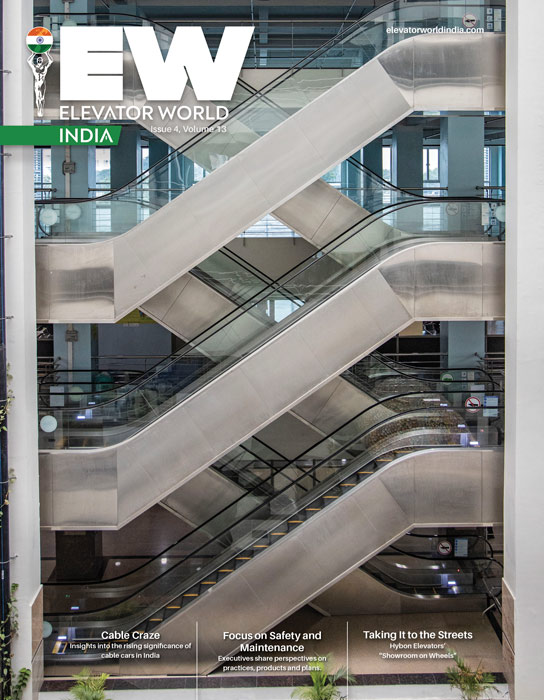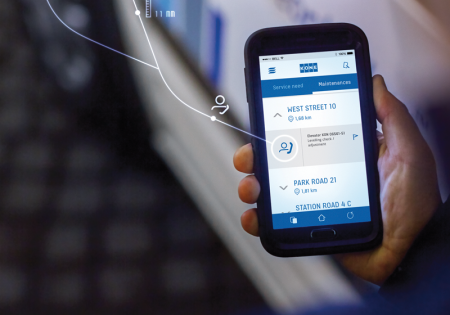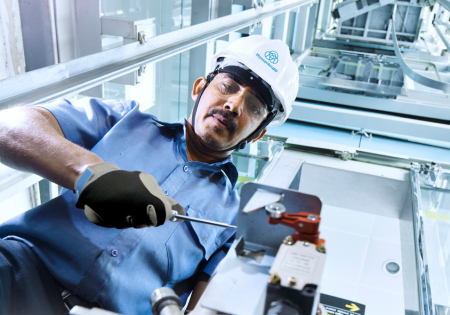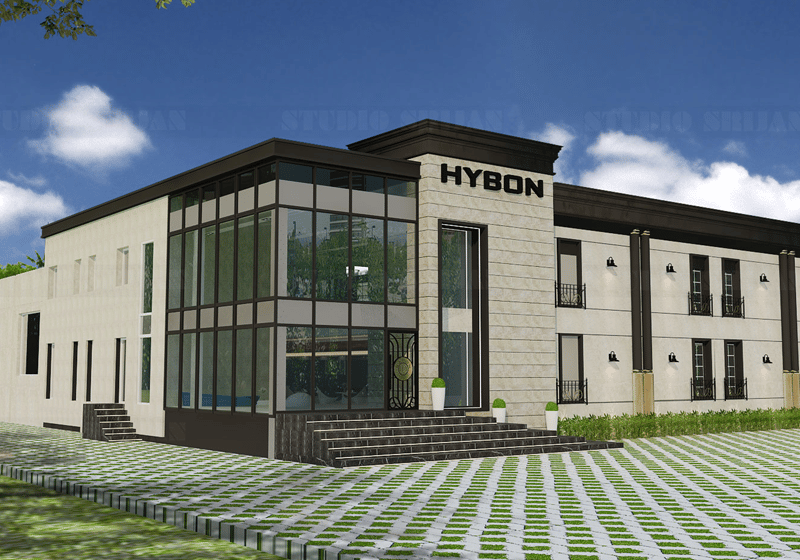Maharashtra Lifts, Escalators and Moving Walks Act, 2017: An Overview
Dec 1, 2020
Looking at and comparing this comprehensive legislation with its 1939 counterpart
In India, according to the Constitution, laws pertaining to the regulation of lifts and elevators are considered state (rather than central) subjects. Maharashtra is among 10 states to have enacted legislation that ensures the safe installation and working of vertical transportation (VT) (the other states being Assam, Delhi, Gujarat, Haryana, Himachal Pradesh, Karnataka, Kerala, Tamil Nadu and West Bengal). Maharashtra Lifts, Escalators and Moving Walks Act, 2017, per its preamble, is comprehensive legislation enacted:
“. . .to provide for the regulation of the construction, erection, maintenance and safe working of all classes of lifts, escalators, moving walks and all machinery and apparatus pertaining thereto in the State of Maharashtra and for matters connected therewith or incidental thereto.”
The 2017 act repealed the Maharashtra Lifts Act, 1939, in light of the changes that have occurred in the field of lifts due to rapid improvements in technology and standards, and the introduction of new equipment, like escalators and moving walks, which were not covered under the 1939 Act.
2017 Act Compared With 1939 Act, Highlights
Recent Cases and Lacunae in Law
India recorded at least 28 deaths in elevator-related mishaps in 2019.[1] Few states have sophisticated and modern lift laws, and there is currently no national-level legislation in place for the regulation of the construction, erection, maintenance and safe working of VT.
In a recent case, a business tycoon died on September 6 when he met with a lift-related mishap in Worli, Mumbai. The Worli police filed an accidental death report and wrote to the lift inspector to examine the lift for a mechanical malfunction.[2]
Another incident, on April 28, 2019, brought to light a seeming lacuna in the current lift legislation in Maharashtra. As we have seen, per the 2017 act, every lift operational in Maharashtra needs permission and a subsequent license from the electrical inspector (lifts). However, in the case of the death of Dr. Arnavaz Havewalla following a lift crash at Bhauji Daji Lad Museum at Byculla, Mumbai, the unconventional hydraulic lift at the museum was found to be operating without a license, and the municipal authorities had no record of it. It was even more surprising when it was concluded by the police that such lifts did not fall within the purview of the 2017 act and that, technically, neither the museum, nor the operator could be prosecuted under the law.[3]
It is apparent that, though Maharashtra has one of the more “progressive” lift legislations, it could do with some fine tuning. Additionally, on a priority basis, certain types of lifts (like the hydraulic lift) should be included. It is imperative that the Maharashtra government addresses these lacunae and ambiguity in its extant lift legislation for public safety. In the meantime, readers are suggested to take the stairs when they see a hydraulic lift.
References
[1] economictimes.indiatimes.com/industry/indl-goods/svs/engineering/elevator-makers-lobby-for-national-safety-standards-amid-rising-accidents/articleshow/74462270.cms
[2] timesofindia.indiatimes.com/city/mumbai/mumbai-lift-crashes-2-floors-kills-kohinoor-electronics-director-vishal-mewani/articleshow/77989952.cms
[3] www.thehindu.com/news/cities/mumbai/lift-crash-probe-roadblock-sends-police-back-to-law-books/article27250049.ece

Trisha Mandal is an associate at Fox Mandal in Mumbai.
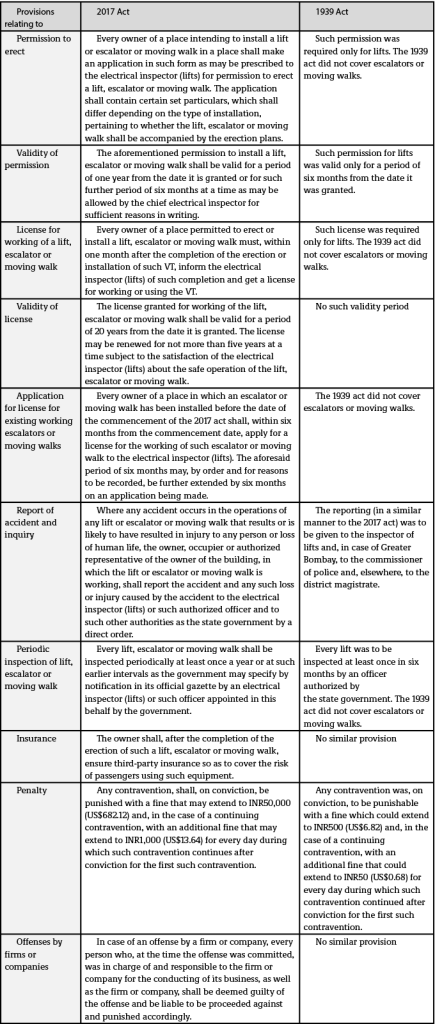
Get more of Elevator World. Sign up for our free e-newsletter.

